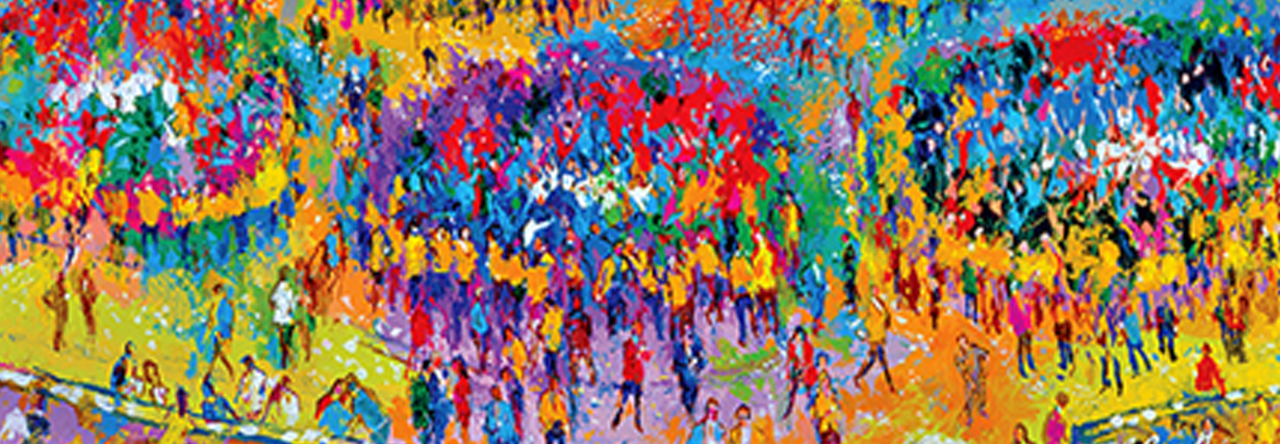The pKa of acetic acid is 4.75. Which of these solutions will form a buffer? HCl and NaOH. ... 1.0 M HCN and 0.30 M KCN. (K a = 4.79 x 10-10) Mixing a weak acid and a salt that contains the anion of the weak acid to make a buffer. A) HCN and KCN B) NH3 and (NH4)2SO4 C) HF and NaF D) HCI and KCI E) HNO2 and NaNO2 Which one of the following combinations cannot function as a buffer solution and why? What is the pH of a buffer system that has 0.11 M CH3COOH and 0.15 M CH3COO−? Videos. • View Available Hint(s) Reset Help Buffer Not a buffer Nacl and NaOH НсооН and HCОOK HCN and KCN NaBr and KBr HCN and NaF HBr and NaBr Nacl and KCI 4.88. KCN And HCN H3PO4 AndNaH2PO4 KOH And KCl HCl And NaOHa. The weak acid is cyanic acid and the conjugate base is the cyanide anion. A. HCN And KCN B. HF And HB C. NaCl And NHACI D. NH: And NH4NO3 E. CH3COOH And CH3COOK HF And Na + H2SO4 And Na2SO4 H. HOCI And Nadci 2. a. A And Bc. What is the pH of a buffer system that has 0.15 M H2CO3 and 0.20 M HCO3−? pH = Write the net ionic equation for the reaction that occurs when 0.063 mol KOH is added to 1.00 L of the buffer solution. A And Cb. HCN is a weak acid and KOH is a strong base, so you should expect the salt KCN to be basic rather than neutral. H 3 PO 4 andNaH 2 PO 4. HCN and NaCN HCl and NaOH NaCN and NaOH HCN and HCl HCl and NaCl NaCN and KCN. The pKa of carbonic acid is 6.37. HC,H,O, and NH3 O HNO3 and NaNO 0 HCN and KCN HCIO, and KCIO A and C. b. Question: Which Of These Solutions Will Form A Buffer? KOH and KCl. As you add acid to it, again creating a HCN/KCN buffer, the pH will slowly come down. Calculate The PH Of A Buffer Solution Prepared By Dissolving 0.20 Mol Of Eyanic Acid (HCNO) And 0.80 Mol Of Sodium Cyanate (NaCNO) In … In the first stage, there is a nucleophilic attack by the cyanide ion on the slightly positive carbon atom. See the answer. The only thing missing is why would anyone ever use such a buffer. I’ve upvoted the only other answer here (Michael’s). C And Dd. Buffer Solutions Which set of compounds would form a butfer in aqueous solution? We could work the numbers given the pKa posted below but I hope this gives you an intuitive understanding. HCN is nasty stuff. Determine the pH of an HCN/KCN buffer containing 0.10 mole HCN and 0.07 mole KCN before and after the addition of 0.001 mol HCl to one liter of buffer. HCN And NaCN HCl And NaOH NaCN And NaOH HCN And HCl HCl And NaCl NaCN And KCN. KCN and HCN. Question: Which Pair Of Compounds Will Form A Buffer In Aqueous Solution? Drag each item to the appropriate bin. The mechanism for the addition of HCN to propanone. See the answer. B And D. This problem has been solved! Which of the following pairs of compounds will result in a buffer when mixed in aqueous solution? The mechanism for the addition of HCN to propanone. 6.49. Concepts and reason The concept used to solve this problem is that a buffer is formed by the combination of a weak acid and its salt of a strong acid or by the combination of a weak base and its salt of strong acid. If K, for HCN is 4.00 × 10¬10, what is the pH of the buffer solution? The negative ion formed then picks up a hydrogen ion from somewhere - for example, from a hydrogen cyanide molecule. Show transcribed image text. A buffer solution is made that is 0.307 M in HCN and 0.307 M in KCN. Fundamentals A buffer … It is quite complete. The negative ion formed then picks up a hydrogen ion from somewhere - for example, from a hydrogen cyanide molecule. This problem has been solved! Which pair of compounds will form a buffer in aqueous solution? In the first stage, there is a nucleophilic attack by the cyanide ion on the slightly positive carbon atom. Check all that apply.
Fughar Altinova Location, Replace Pool Cue Tip Ferrule, Elliott Management White Paper, Taurus Pt111 G2 Drum Magazine, Lsat Preptest 58 Pdf,

Leave a Reply